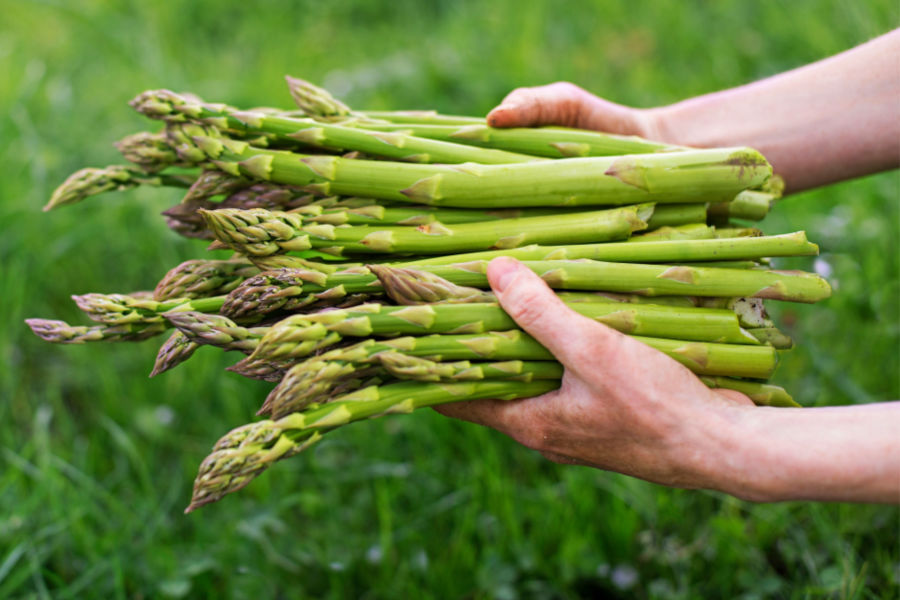Asparagus, with its delicate flavor and nutritional benefits, is a sought-after vegetable in kitchens worldwide. While enjoying these green spears is a culinary delight, cultivating asparagus can be a nuanced process. In this article, we will unravel the secrets of successful asparagus cultivation, from soil selection to harvest, providing you with a comprehensive guide for growing these delectable greens at home.
- Choosing the Right Soil and Location: The first crucial step in asparagus cultivation is selecting the right soil and an ideal location. Asparagus thrives in well-drained, slightly acidic soil. Opt for a sunny location, as asparagus requires ample sunlight for optimal growth.
- Soil Preparation: Before planting asparagus, meticulous soil preparation is essential. Incorporate compost or well-decomposed manure to enhance soil structure and provide essential nutrients. Avoid heavy clay soils that may hinder proper drainage.
- Variety Selection: Asparagus comes in various varieties, each with its unique characteristics. Some are better suited for warmer climates, while others tolerate colder conditions. Choose varieties that align with your region and specific growing conditions.
- Planting: Asparagus can be planted from seeds, crowns, or roots, with crowns being the most common choice. Plant them at a depth of approximately 15 to 20 centimeters in rows spaced 30 to 45 centimeters apart. Maintain an appropriate distance between each plant to allow for optimal growth.
- Asparagus Care: Asparagus requires special care throughout its growth cycle. Regular watering is essential to keep the soil consistently moist, but avoid waterlogging. Mulching can be employed to retain moisture and control weed growth.
- Fertilization: Asparagus is a nutrient-demanding crop. Provide a balanced fertilizer in spring to stimulate growth and ensure a bountiful harvest. Regularly monitor soil nutrient levels to meet the plant’s requirements.
- Pest and Disease Management: Keep an eye out for common pests and diseases that may affect asparagus, such as aphids or fungal infections. Implement preventive measures and, if necessary, use organic or chemical treatments to protect your crop.
- Harvesting Techniques: Patience is key when harvesting asparagus. Allow the plants to establish themselves for the first couple of years before beginning a full harvest. Cut spears just below the soil surface when they reach the desired thickness, using a sharp knife.
Conclusion: Mastering the secrets of asparagus cultivation involves attention to detail, from soil preparation to harvest techniques. By following this comprehensive guide,
